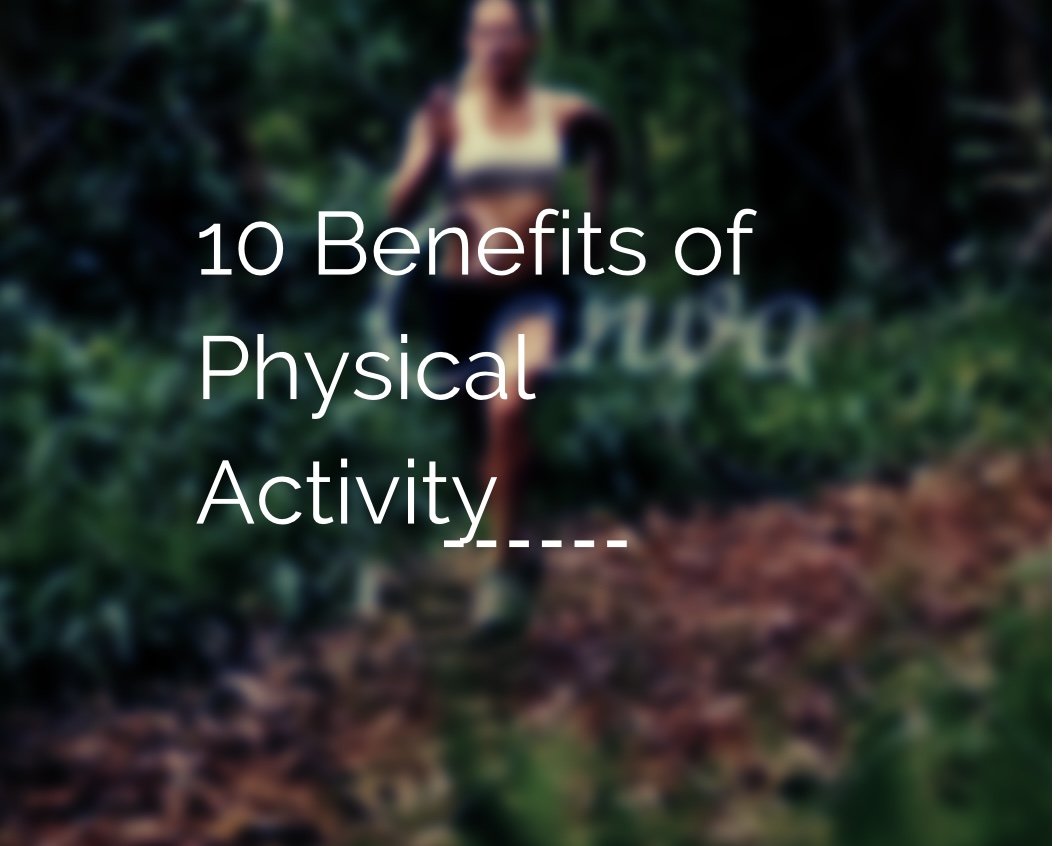

The development of Coronavirus Disease 2019 (COVID-19) is dependent on the interaction between SARS-CoV-2 and the host’s immune system, the immune response being influenced by genetics (HLA genes), age, sex, nutritional status and status physical. Approximately 80% of the cases are asymptomatic or with mild symptoms, and the others can be severe or critical and can lead to death. The main mode of transmission is contact with droplets containing viral particles eliminated through the cough or sneeze of an infected person, and the incubation period usually varies from 2 to 14 days.

In December 2019, a new coronavirus outbreak was reported in China, being called the Severe Acute Respiratory Syndrome Coronavirus 2 (SARS-CoV-2), spreading rapidly and infecting more than 14 million people, being declared a Health Emergency International Public Service on Janu. These can be caused by more than 200 different viruses, with rhinovirus being the most common etiological agent. Further studies are needed to associate physical exercise with SARS-CoV-2 infection.Īcute respiratory infections (ARIs) are caused by respiratory viruses and bacteria, being the most infectious disease in humans. Thus, regular practice of adequate intensity is suggested as an auxiliary tool in strengthening and preparing the immune system for COVID-19. The practice of physical activities strengthens the immune system, suggesting a benefit in the response to viral communicable diseases. Severe conditions have been associated with storms of pro-inflammatory cytokines and lymphopenia, as well as circulatory changes and virus dispersion to other organs. A suppression of the IFN-I response has been noted in COVID-19. The initial response is given mainly by type I interferons (IFN-I), which drive the action macrophages and lymphocytes, followed by lymphocyte action. Such practice has an effect on the lower incidence, intensity of symptoms and mortality in viral infections observed in people who practice physical activity regularly, and its correct execution must be considered to avoid damage. During and after physical exercise, pro- and anti-inflammatory cytokines are released, lymphocyte circulation increases, as well as cell recruitment. The practice of physical exercises acts as a modulator of the immune system. The immune response to the virus depends on factors such as genetics, age and physical state, and its main input receptor is the angiotensin-converting enzyme 2.

In 2020, a new disease caused by severe acute respiratory syndrome coronavirus 2 (SARS-CoV-2), coronavirus disease 2019 (COVID-19), became a global pandemic. Acute viral respiratory infections are the main infectious disease in the world.


 0 kommentar(er)
0 kommentar(er)
